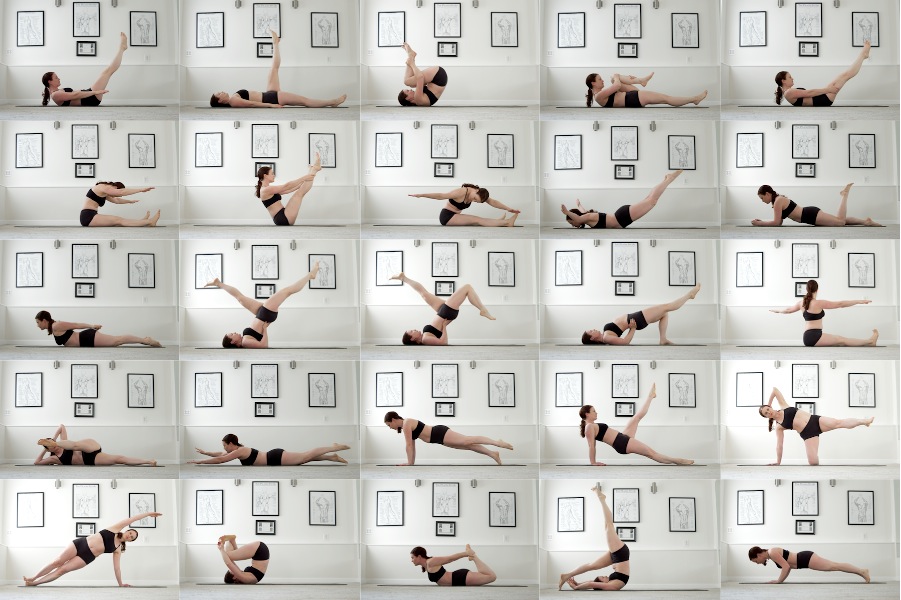WEEKLY STATS Weight: 152.5 Waist: 33″ Hips: 40″ Thighs: 23 1/4″
I’m two weeks into my new regimen and feeling pretty good. It’s amazing to see how my range of motion in my hips is increasing while the usual aches and pains around my sacrum are not really giving way.
I have a very old injury at my tailbone which has been wielding its influence over my hips and low back for the past 23 years. That’s another story for another day but the contrast between my function and overall experience reveals something interesting for those of us who are interested in physical optimization. Given my long-standing injury and years of pain, I have always been a proponent, and frequent recipient, of manual body work. Along with receiving lots of physical support, I’ve always been doing some sort of demanding practice. What ever the practice, the effect is always two-fold, relief from pain, and a very real risk of introducing new problems. The majority of what I have done has never really addressed the root cause of my problems. My original injury at my tailbone has put a constant layer of tension along my spine, and while I have done all sorts of things to alleviate the more peripheral symptoms of that tension, at base-level it remains. I have found that my physical practices have enabled me to “fake it”, but I am currently under the impression that the only thing that will really enable me to “make it” is the right dose of manual therapy to the original injury site. The cool thing is that once the manual therapy is applied, my body is primed for optimization what with all the work I’ve put into it.
I write this because I don’t think that I’m alone in this experience. Most of us are hampered by old injuries from which we have never completely recovered. Without intervention, the passage of time affords the injury more power over the body. In essence, Pilates works in contrast to this natural process of degeneration. But Pilates alone may not entirely reverse an injury, it depends on the injury and the person. Pilates improves the physical experience and outward performance for sure, but some injuries are in hard-to-reach places and no amount of balanced and careful movement can address the deep entanglements left in their wake. With respect to my injury and my current regimen, I’ve got a game plan and it is keeping me moving (rather than on the floor with another immobilizing back spasm). I have some other ideas up my sleeve that will hopefully come to fruition. For now though, my task is to keep the injury at bay so that I can keep the rest of my body in good order despite my compromised state. It’s not ideal, but it is a very real scenario.
One of the premises of my current plan is the idea that my Pilates workouts have to be vigorous enough to yield the desired results. I have enough knowledge, skill, and facility to move through my Pilates sequence in a way that gets me sweating and my heart pumping every time. To arrive at this level of skill requires a developed balance of various abilities. While I am able to perform a fast-paced Pilates sequence while maintaining good form, most people are able to do one or the other. Either a person is fast and sloppy, or slow and orderly. Both options will yield satisfying results, but of course, the best results come from putting it all together. I suppose that’s obvious. Maybe it’s the Pilates instructor in me that feels compelled to make the point, because I’m the one who keeps tabs on a person’s progress (and my impact on that progress).
All that was to say that I’m pretty sure an important component to the weight-loss benefits of Pilates is an increase in heart rate. Which begs the question, does Pilates exercise your heart? I’ve heard stories. And I’ve been the person encouraging folks to forego types of exercise that create more muscle bulk and tension in exchange for more honest-to-goodness Pilates workouts. The kind that I’ve had with Romana. The kind that I’ve heard people talk of when Joe Pilates was their teacher. Afterall, Pilates is a workout.
First of all, we know that Joe Pilates designed his system with the heart in mind. He wanted to exercise the heart in an effective but non-strenuous way. Soon enough we’ll know if Pilates is indeed enough of a change to my daily routines to trim me down. In the meantime, I gathered some data this past week. I took my heart rate while just puttering around for 25 minutes to get an idea of what it is normally. And then I took my heart rate during 5 of my vigorous workouts to see what Pilates is doing to exercise my heart.
Average Heart Rate over 25 minutes of regular domestic activities: 87. Maximum during that period: 117.
Here are my workout numbers:
| Duration | Average | Maximum |
| 23 min | 124 | 160 |
| 27 min | 100 | 149 |
| 19 min | 124 | 153 |
| 28 min | 107 | 148 |
| 30 min | 120 | 159 |
I must confess that heart rate is one of those things that doesn’t capture my interest enough to motivate me toward understanding. Suffice it to say that my Pilates workouts seem to do a consistently effective job of raising my heart rate. That seems like a good thing to me. I’m consoled with the idea that perhaps my lack of hilly walks these days has not left my heart completely un-exercised. And I’m hoping that these 20-30 minute workouts of mine, will help me flatten out my tummy and fit into more of the clothes in my closet. Time will tell….
